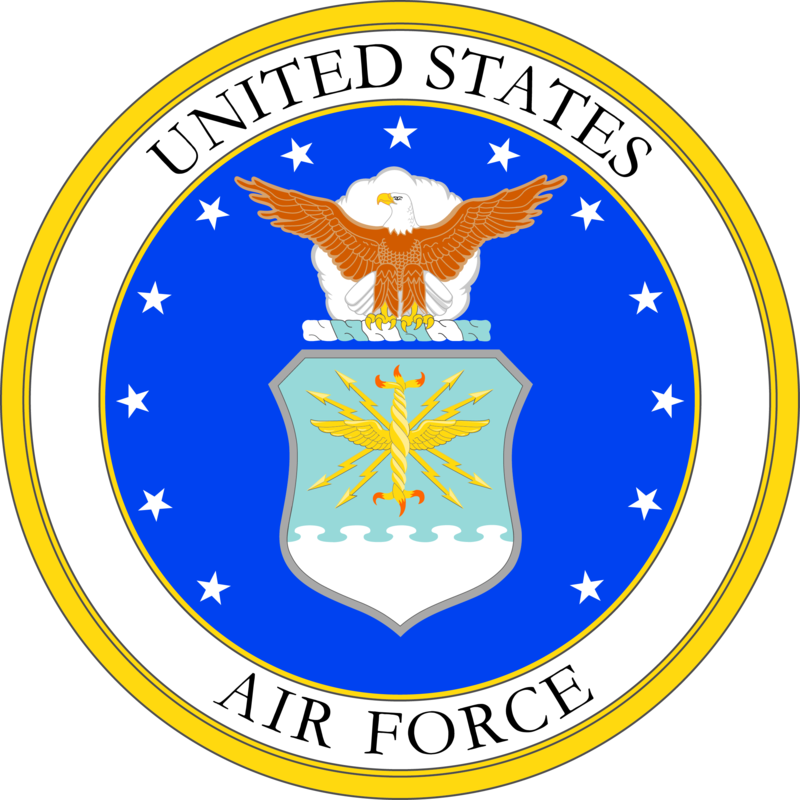ABOUT 31rst Tactical Fighter Wing
- Origins in World War II: The 31st Tactical Fighter Wing traces its lineage to the 31st Fighter Group, which was activated in 1942 and distinguished itself flying Spitfires and P-51 Mustangs in the Mediterranean Theater.
- First American Unit to Fly Spitfires: The 31st Fighter Group was the first U.S. Army Air Forces unit to operate British Supermarine Spitfires in combat during WWII, due to the initial lack of American fighters in England.
- Distinguished Unit Citation: The group received a Distinguished Unit Citation for its role in Operation Husky, the Allied invasion of Sicily in 1943.
- Korean War Activation: After WWII, the unit was inactivated, but it was reactivated during the Korean War, flying F-84 Thunderjets as part of the U.S. Air Force’s response to Cold War threats.
- Vietnam War Service: The 31st Tactical Fighter Wing deployed to Southeast Asia, where it flew F-100 Super Sabres in combat operations during the Vietnam War.
- Record-Setting Pilots: In 1969, Captain Michael J. Adams of the 31st set a record by flying the F-100 over 500 combat missions in Vietnam, earning recognition for endurance and bravery.
- Homestead Air Force Base: For decades, the 31st was based at Homestead AFB, Florida, and played a key role in U.S. air defense and rapid response during the Cold War.
- Hurricane Andrew: In 1992, the devastating Hurricane Andrew destroyed much of Homestead AFB and forced the relocation of the 31st Fighter Wing.
- Aviano Air Base, Italy: The 31st Tactical Fighter Wing was reborn at Aviano Air Base, Italy, in 1994, becoming the only U.S. fighter wing permanently stationed south of the Alps.
- Modern Missions: Today, as the 31st Fighter Wing, the unit operates F-16 Fighting Falcons and has participated in NATO operations, including Operations Deny Flight, Allied Force, and Operation Odyssey Dawn.


